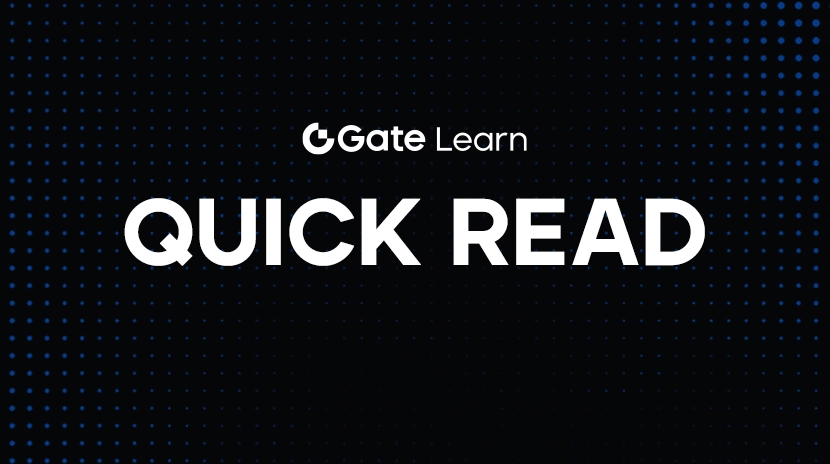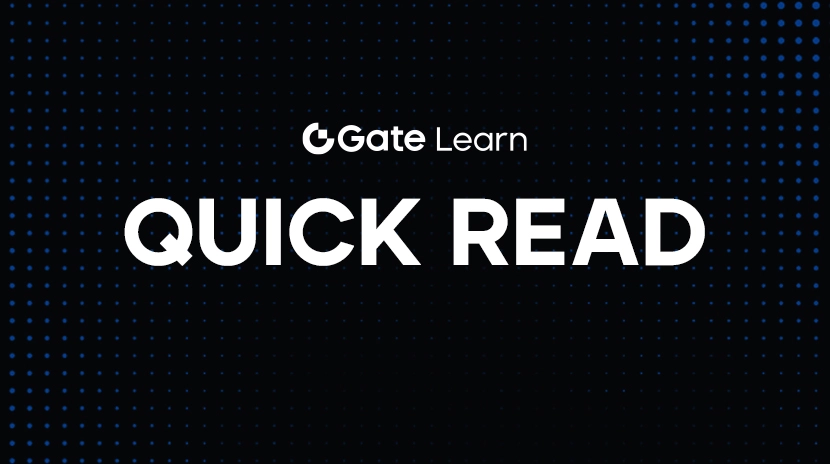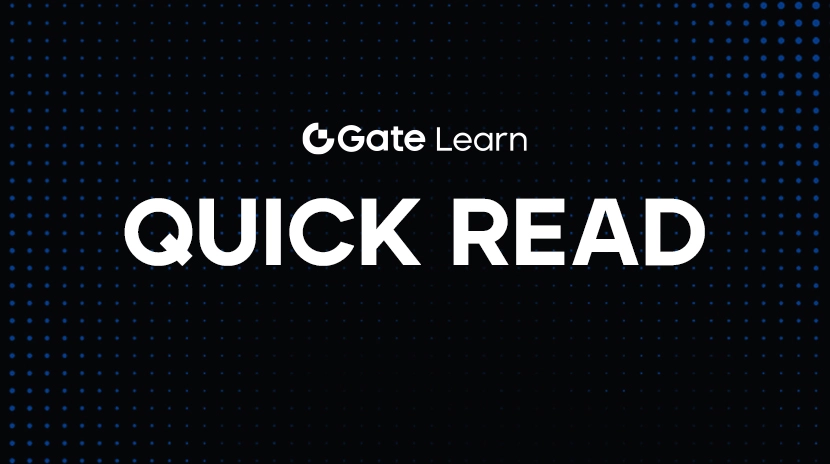Read ALL About Berachain in one Article
Berachain’s Origins and Development:
The story of Berachain began with a fun NFT project. Initially, its founder, an early anonymous DeFi player, created the Smoking Bear NFT—Bong Beras. What seemed like a joke unexpectedly garnered significant community attention and support, planting the seed for Berachain’s creation. During its development, the team identified key gaps in the protocol-level consistency between liquidity and security, which led to a deeper exploration within the blockchain space.

Image source:https://www.berachain.com/
In the first half of 2022, Berachain officially emerged. In March of the same year, OlympusDAO’s OIP-87 proposal was approved, and Berachain secured $500,000 in funding from Olympus at a valuation of $50 million, providing essential capital to launch the project. In April 2023, Berachain disclosed a $42 million funding round led by Polychain, further accelerating the project’s development. By 2024, Berachain continued to progress with financing, first disclosing an over $69 million funding round led by Framework Ventures in March, followed by a $100 million Series B round completed on April 12, 2024, with BHDigital Assets, HI, and Framework Ventures. These rounds not only provided significant financial support but also attracted more attention from the industry, expanding Berachain’s influence in the blockchain space.

Image Source:https://x.com/berachain
Berachain’s Technical Foundation
(1) Innovative Proof of Liquidity (PoL) Consensus Mechanism
The Proof of Liquidity (PoL) consensus mechanism used by Berachain is one of its key technical highlights. PoL is an extension of Delegated Proof-of-Stake (DPoS), where users stake assets to secure the chain and earn rewards. Unlike traditional DPoS, PoL allows staked assets to participate in providing liquidity. These staked assets are routed through centralized liquidity virtualized Automated Market Makers (AMMs) and perpetual exchanges, significantly improving capital efficiency. For example, staked assets can provide liquidity in AMMs for trading pairs, promoting efficient asset exchanges, and users can earn rewards from this process. This creates an organic combination of network incentives and ecosystem development.

Image Source:https://docs.berachain.com/learn/what-is-proof-of-liquidity
(2) EVM Compatibility Combined with the Advantages of Cosmos SDK
Berachain is an EVM-compatible Layer 1 blockchain built on the Cosmos SDK. EVM compatibility allows the easy migration of a large number of Ethereum-based smart contracts and decentralized applications (dApps) to Berachain, with almost no redevelopment required. This attracts developers and users from the Ethereum ecosystem and significantly enriches its application ecosystem. The use of the Cosmos SDK also provides Berachain with excellent scalability and interoperability. It can interact with other blockchains within the Cosmos ecosystem, enabling cross-chain communication and asset transfers, which helps build a larger and more open blockchain network ecosystem.

Image source:https://docs.berachain.com/learn/what-is-beaconkit
(3) High-Performance Polaris Framework
The technical architecture of Berachain relies on Polaris, a high-performance blockchain framework built on the CometBFT consensus engine, ensuring compatibility with EVM. The Polaris framework brings many advantages to Berachain, including supporting fast transaction processing speeds, reducing transaction costs, and ensuring transaction finality and determinism. In practice, a large number of transactions can be efficiently processed in a short time, and transaction results can be quickly confirmed, providing users with a smooth experience. The CometBFT consensus engine ensures the security and consistency of the network, maintaining Berachain’s stable operation in complex blockchain environments.
BERA Token Economics
The total supply of BERA tokens is fixed at 500 million, with an annual inflation rate of about 10%. Its distribution follows a clear plan:
(1) Core Contributors (16.8%): This portion of the tokens is allocated to the Big Bera Labs team and related advisors. They play a key role in driving the project forward, particularly in technical development, project planning, and ecosystem building. To ensure long-term alignment between the team’s interests and the project’s development, these tokens are subject to a one-year lockup period. After the first year, 1/6 of the tokens will be unlocked, with the remaining 5/6 being released linearly over the next 24 months.

Image Source:https://docs.berachain.com/learn/pol/tokens/tokenomics
(2) Investors (34.3%): This category includes investors from the seed, Series A, and Series B rounds. These investors provided crucial financial support to Berachain’s development, enabling progress in technical development, market promotion, and ecosystem expansion. Like the core contributors, these tokens are subject to a one-year lockup period. Afterward, they will be unlocked in phases, following the same unlocking structure as for the core contributors, ensuring that investors’ interests are aligned with the project’s long-term growth.
(3) Community Airdrop (15.8%): This portion is primarily targeted at testnet users, NFT holders, and ecosystem developers. Through the airdrop, Berachain rewards community members who have supported the project by participating in testing, supporting NFT initiatives, and contributing to the ecosystem’s development. This not only enhances community members’ sense of ownership and loyalty but also attracts more developers to build projects within the Berachain ecosystem, fostering the ecosystem’s growth. The airdropped tokens are also subject to lockup and phased unlocking to prevent a large influx of tokens into the market, which could impact the token’s price.
(4) Future Community Plans (13.1%): This portion of the tokens is reserved for future incentive programs and developer funding. As the Berachain ecosystem continues to grow, new opportunities and needs may arise, and these tokens will provide flexibility for the project team to respond to these evolving requirements.
(5) Ecosystem Development (20%): This allocation is intended for technological upgrades, liquidity incentives, and foundation operations. Technological upgrades are key to maintaining Berachain’s competitiveness, and funding will be used for research and development to enhance the blockchain’s performance, security, and scalability. Liquidity incentives will help attract more users to provide liquidity for the ecosystem, facilitating smooth transactions within the ecosystem. Foundation operation expenses will cover the project’s daily management and operations, ensuring the stable running of the entire ecosystem. These tokens will also follow lockup and phased unlocking rules.

Image Source:https://docs.berachain.com/learn/pol/tokens/tokenomics
In the Berachain network, all on-chain transactions, whether simple token transfers or complex smart contract calls and executions, require the use of BERA tokens to pay transaction fees, also known as Gas fees. This function is similar to the native tokens used in other public blockchains, ensuring the orderly operation of network transactions. By charging Gas fees, the network can prevent the abuse of network resources, while the collected fees also serve as incentives, rewarding nodes that provide security and operational support for the network. For example, when a user conducts an NFT transaction on Berachain, the system will automatically calculate and deduct the corresponding amount of BERA as the Gas fee based on the complexity of the transaction and the network resources consumed.

GATE Spot Trading Address for BERA:https://www.Gate.com/trade/BERA_USDT
BERA tokens can also be used for node staking. Users can participate in the network’s consensus mechanism by staking BERA tokens, providing security for the network’s operation. After staking BERA, users will receive rewards based on the network’s operating rules and the amount they have staked. This reward mechanism encourages users to actively participate in the maintenance of the network, improving its security and stability. At the same time, node staking plays an important role in the network’s decentralization. The involvement of many stakers in the consensus process makes the network less susceptible to control by a few entities, thus enhancing the ecosystem’s resistance to attacks. In practice, users can choose to stake their BERA tokens with validator nodes, which manage the stakers’ interests and distribute rewards periodically. These rewards can be in the form of BERA tokens or other rewards within the ecosystem.
Berachain Triple Economic Model
In Berachain’s economic system, in addition to BERA, there are BGT (Governance Token) and HONEY (Stablecoin).
(1) Relationship with the Governance Token BGT
The issuance of BGT is closely related to BERA staking: In the Berachain ecosystem, BGT (Berachain Governance Token) serves as the governance token, and its issuance is tightly linked to the staking of BERA tokens. Users can earn BGT as a reward by staking BERA tokens. This mechanism encourages users to actively participate in staking to contribute to the network’s security while also allowing them to take part in the network’s governance. For example, after staking a certain amount of BERA, users may receive a corresponding amount of BGT rewards based on the staking duration and network rules, granting them voting rights in the network’s governance.
One-way exchange between BGT and BERA: Users can burn BGT to exchange for BERA at a 1:1 ratio. This design establishes a value connection between the two tokens, allowing users to convert BGT to BERA when they believe holding BERA better serves their interests. This exchange mechanism helps adjust the market supply and demand of the two tokens, providing users with more choices and operational flexibility. For instance, when demand for BERA increases in the market, users may choose to burn BGT to obtain BERA, thus fulfilling their trading or investment needs.

Image Source:https://hub.berachain.com/vaults/
(2) Synergy with the Ecosystem Stablecoin HONEY
HONEY, as the stablecoin within the Berachain ecosystem, is pegged to the US dollar and primarily used for circulation and payments within the ecosystem. Along with BERA, it forms a stable and diversified economic ecosystem. In practical scenarios, users may choose to use the HONEY stablecoin for transactions where price stability is crucial, while BERA tokens are used for network transaction fees and staking. For example, on some e-commerce platforms within the ecosystem, users might use HONEY to purchase goods, whereas BERA would be used to pay Gas fees for deploying and executing smart contracts for product transactions. Additionally, validators may reinvest their staking rewards into the Berachain ecosystem, which could include HONEY tokens, ensuring the network maintains high liquidity and promoting the collaborative circulation and application of BERA and HONEY within the ecosystem.

Image Source:https://docs.berachain.com/learn/pol/tokens/honey
Berachain Outlook
Berachain has significant advantages, combining the unique Liquidity Proof-of-Work (PoL) consensus, the high scalability and interoperability provided by EVM compatibility and the Cosmos SDK, an innovative triple-token economic model, and strong funding backing, all of which lay a solid foundation for its ecosystem development. If it can effectively address current challenges such as high inflation, private sale sell-offs, and staking mechanism controversies, fully leverage the advantages of its innovative Liquidity Proof (PoL) mechanism, and continuously optimize its technology to ensure network stability, Berachain is expected to attract more users, capital, and developers. This will further solidify its position in the public chain space, promote the vigorous development of its ecosystem, reshape the Layer 1 competition landscape, and unleash enormous potential within the blockchain industry.
Related Articles

2025 BTC Price Prediction: BTC Trend Forecast Based on Technical and Macroeconomic Data

Flare Crypto Explained: What Is Flare Network and Why It Matters in 2025

Pi Coin Transaction Guide: How to Transfer to Gate.com

How to Use a Crypto Whale Tracker: Top Tool Recommendation for 2025 to Follow Whale Moves

What is N2: An AI-Driven Layer 2 Solution


